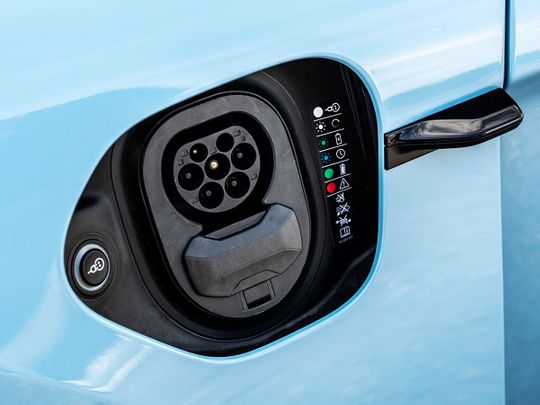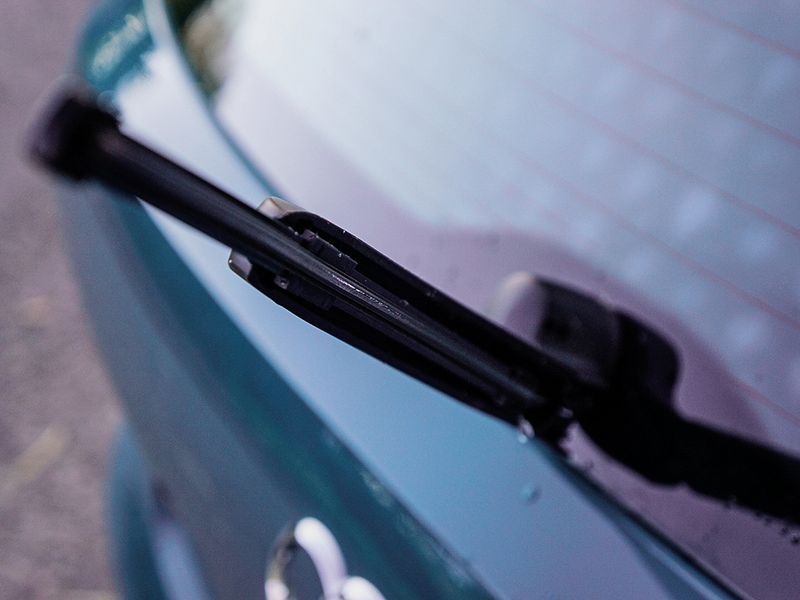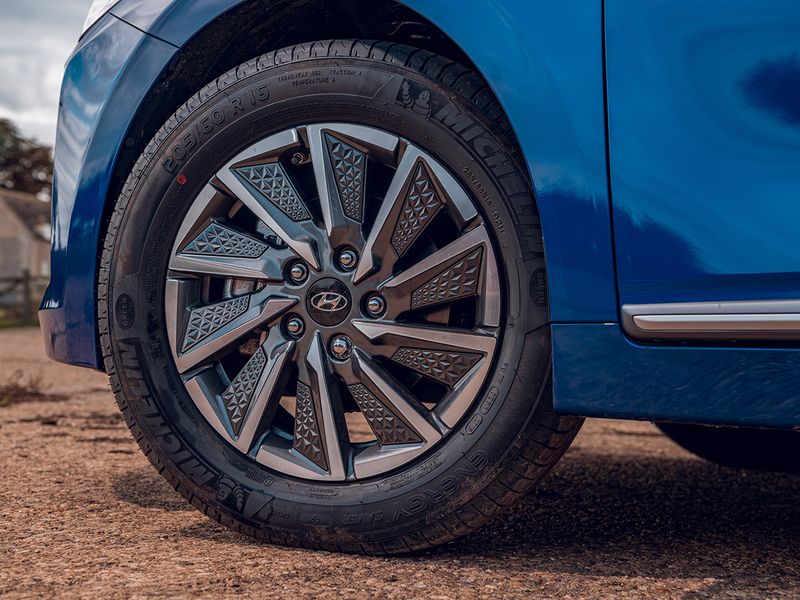
The benefits of running an electric vehicle are pretty clear, particularly when it comes to maintenance. With substantially fewer moving parts compared to a conventional petrol or diesel car, EVs don’t require quite as much upkeep as a ‘traditional’ vehicle.
However, that doesn’t mean you can leave the car to its own devices. Some aspects of an EV do need to be maintained – but what are they? Let’s take a look…
Washer fluid
Washer fluid is a pretty basic one, but an area of maintenance that needs keeping up to date nonetheless. In fact, washer fluid is one of the few liquids that you need to keep topped up on an EV, where it’s just as important as on a petrol or diesel car.

As you’d expect, it’s marked by a blue washer cap. Make sure you use proper washer fluid to top it up and refrain from using just water.
Wiper blades
Wiper blades are another aspect of an EV that will need to be kept in check. Visually, you can look out for any cracking or dryness which might indicate that they need replacing.

Interestingly, because an EV is so silent, it’ll become more quickly apparent that a wiper blade needs changing as the ‘rubbing’ sound will be more pronounced.
Tyres
Tyres are just as important on an EV as they are on a petrol or diesel car, so they need inspecting regularly. As usual, look out on the sidewalls for any cuts, cracking or bulges that might indicate that they need changes. The legal limit for tread depth is 1.6mm, so ensure that your tyres meet this too.

On an electric car, tyre pressure is crucially important as having under-inflated tyres can seriously harm your range. So make sure that they’re topped up to the correct level – you’ll be able to find the right pressures for your car via the owner’s manual or inside the door shuts of the vehicle.
Brakes
An electric car’s brakes might not get quite as much usage as conventional vehicles as a result of regenerative braking being used to slow the car down instead (this uses the electric motor rather than the hydraulic brakes), but they can still be susceptible to wear.
Surface rust can also prove an issue, which is why giving them a visual inspection from time to time could be a good idea. It’s still worth getting regularly checked over by a trained professional to ensure they’re in tip-top order, while ensuring that brake fluid levels are spot-on too.
Coolant
Coolant is something we usually associate with a combustion engine, where it helps to keep the unit at a regulated temperature. However, electric cars also require coolant to keep the battery and many of the other propulsion components cool.
How coolant is changed or maintained differs between cars, with some manufacturers promoting regular service intervals – though some say that the coolant may never need to be changed during the lifespan of the vehicle.
Filters
Though an EV might not have traditional filters for aspects such as oil, it’s still fitted with a pollen filter that is used to take out contaminants from the air via the air conditioning system. Just like in a conventionally-powered car, these filters get clogged up over time and don’t work as effectively.








